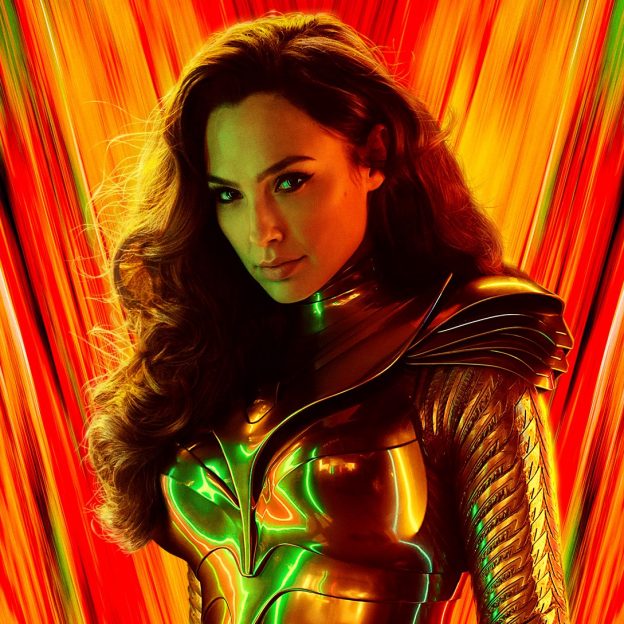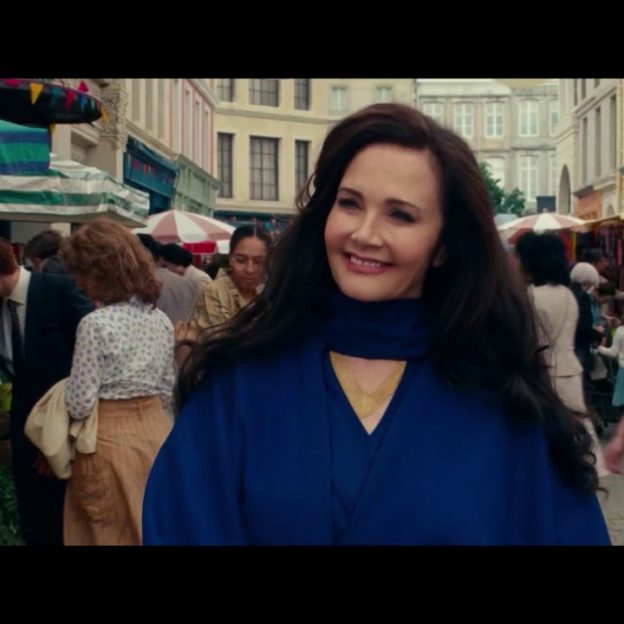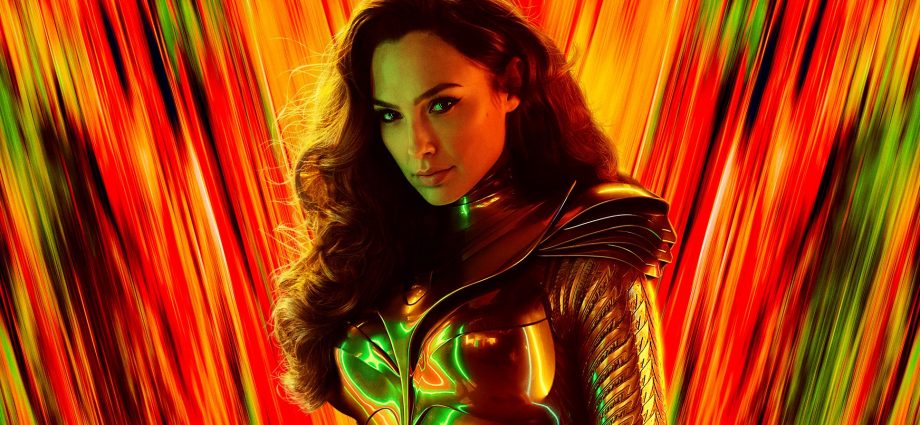As 2017’s “Wonder Woman” was becoming a massive box office success, it was clear that critics and fans wanted to cheer for DC’s famous heroine and Gal Gadot was confirmed to be a great choice to bring the character to life on the big screen.
Fast forward through 2020 and “Wonder Woman 1984,” aka “WW84,” survived the pandemic to land in theaters for Christmas, in theaters and streaming on HBO Max.
Sadly, director Patty Jenkins didn’t rely on Allan Heinberg for the sequel’s script, so the resulting “1984” story is marred with bizarre plot holes, wasted screen time, silly expansions of Diana’s powers and the strange resurrection of Chris Pine’s Steve Trevor.
“WW84” opens begins Diana as a child, competing alongside other Amazons in an Olympic inspired competition of running, jumping, archery and horseback riding.
Then the story jumps forward to 1984. Diana thwarts crimes in DC, mixing 80s references and humor well, as she works at the Smithsonian Institution.
Diana meets the new museum employee Barbara Ann Minerva (Kristen Wiig), a bumbling geologist and crypto-zoologist, who quickly admires the Amazon and they bond over a new artifact called the Dreamstone.
Oil mogul Maxwell Lord (Pedro Pascal) arrives with a scheme to steal the Dreamstone, highjack its powers to turn around his failing fortunes. Diana unknowingly wishes for her deceased lover Steve Trevor to be alive and Barbara wishes to be like Diana.
When Lord ultimately obtains the artifact, he wishes to “become” the stone and gains its wish-granting powers, using it to obtain whatever he wants, becoming wealthy and powerful, but also triggering global instability.
Barbara develops incredible strength and confidence, but loses her kindness and conscience, becoming the villainess Cheetah late in the film.
Diana and Steve journey to stop Lord.

END CREDIT SPOILER ON NEXT PAGE
“WW84” showcases fun action sequences, but there are few and far between.
Pedro Pascal’s Max Lord is a great villain. Lord is a refreshing antagonist with a different motivation and journey than the traditional evil monster or greedy overlord. Lord appears as a Trumpian fraud, increasingly greedy to become the reckless megalomaniac. Pascal is easily the highlight of the film.
Jenkins, who headed up the writing, needed an editor to question the bizarre moves in the film.
For example, the theft of a fully fueled jet from the Smithsonian, which Diana transforms into an Invisible Jet by using powers the audience didn’t know she had as Steve and Diana fly around the globe to Egypt. This is so absurd that there is a joke about it later in the film when arrive back in DC as Barbara says: “That was fast…”
Diana not only learns to fly in this film, a superpower not present in “Batman v Superman” or “Justice League,” (both films set after this film), but she uses her magic lasso to grab lightning…yes, lightning during that sequence.
Steve’s resurrection contradicts the powers of the Dreamstone, which make a massive wall appear out of nowhere and missiles disappear.
Pine’s character goes “Freaky Friday” to be inside some other man, who sleeps with Diana at one point, instead of truly being resurrected. This makes no sense once you grasp that the audience sees what Diana sees (Steve’s face), but it’s actually some stranger, who makes an awkward appearance at the end of the film.
Since the Dreamstone comes with a price (like a Monkey’s Paw), Diana is losing her powers (slowly for no reason) as Steve lives. While there is the tear-jerking realization that Diana has to give up Steve to save the world, it’s actually just “that other guy,” literally credited as “The Handsome Man.”
Jenkins fails to call back to that action-packed opening scene of Diana “cheating” to win the contest, never explains the “why” or “how” things are operating in this journey and inserted Cheetah into the story for a horrible CGI fight scene at the end of the film.
Of course, with no explanation, Barbara gets a bonus wish to complete her transformation in time to fight Diana.
There is little to praise about the film, because the climax centers around Lord using highjacked satellites to offer a wish to the world. The only way the premise of the film makes any sense is that every human is evil or selfish, not wishing for anything positive and not a single wish contradicting another. For example, no one wished for world peace or ALL of the missiles would have disappeared.
Also, every single human must give up their wish to undo the powers of the Dreamstone? That may not be correct, but the story was so convoluted that I’m unsure. Why did Cheetah abandon her powers and renounce her wish – that was dumb and contradictory to the supervillain role.
“Wonder Woman” was an epic film, propelling woman power onto the same plane as Batman and Superman. Diana was truly heroic. “WW84” was not a film about girl power or even heroism, but a buddy-flick with Diana needing to let go of her one true love who has been dead for decades after their two-week time together in the first film.
“WW84” earns 2 out of 5 stars
I hope that I can enjoy the film when I watch it again. Maybe the plot points link up with single lines of dialogue, but the sequel cannot hold a candle to the first film.
END CREDIT SPOILER ON NEXT PAGE
So there is one credit scene.
The clip is a call back to Diana’s story about the gold armor, the famous Amazonian warrior named Asteria.
In this scene, a woman with long dark hear, wearing a blue cape, walks down a street. A power pole falls and she catches it with one hand, rescuing a child and mother. As her face is revealed, none other than Lynda Carter, the original Wonder Woman from the 1970s TV show, is Asteria.
The moment is some nice fan service, but little more than that AND NOT a confirmation or foreshadow for the next film.






